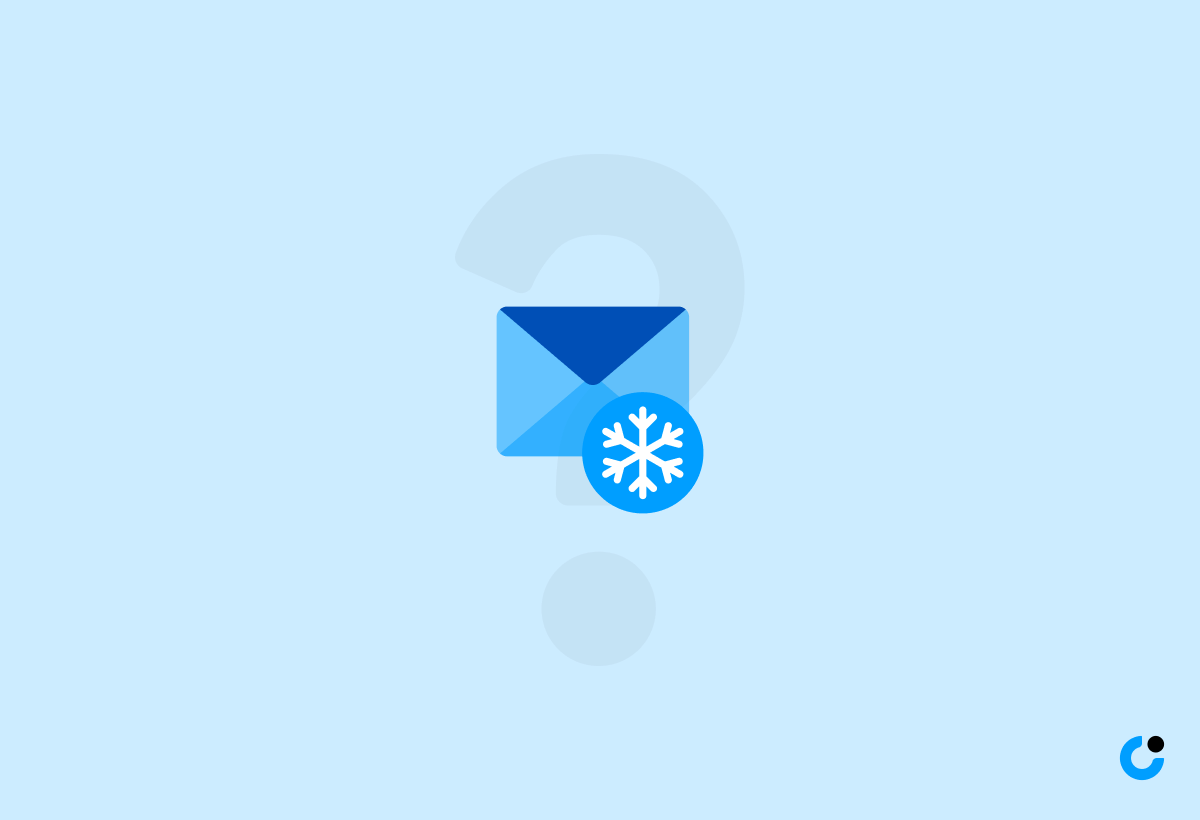Are you looking to reach out to potential customers or partners but unsure of the best method? Cold emailing might be the answer you’re seeking, but first, let’s understand the cold email meaning. It’s a powerful tool for businesses to generate leads, establish relationships, and explore new opportunities.
In this blog post, we’ll dive deep into the world of cold emailing and cover everything from its definition to best practices, legal considerations, and more. So, buckle up and let’s explore the fascinating world of cold emailing!
Key Takeaways
- Cold emailing is an effective business outreach tool that can increase brand awareness, generate leads and improve response rates.
- Key components of a successful cold email include personalization, subject lines with power words, brevity and urgency/intrigue. As well as concise call-to-actions.
- Best practices for optimizing success include legal compliance, utilizing A/B testing and tools such as Saleshandy or Yesware.
Understanding Cold Email Meaning
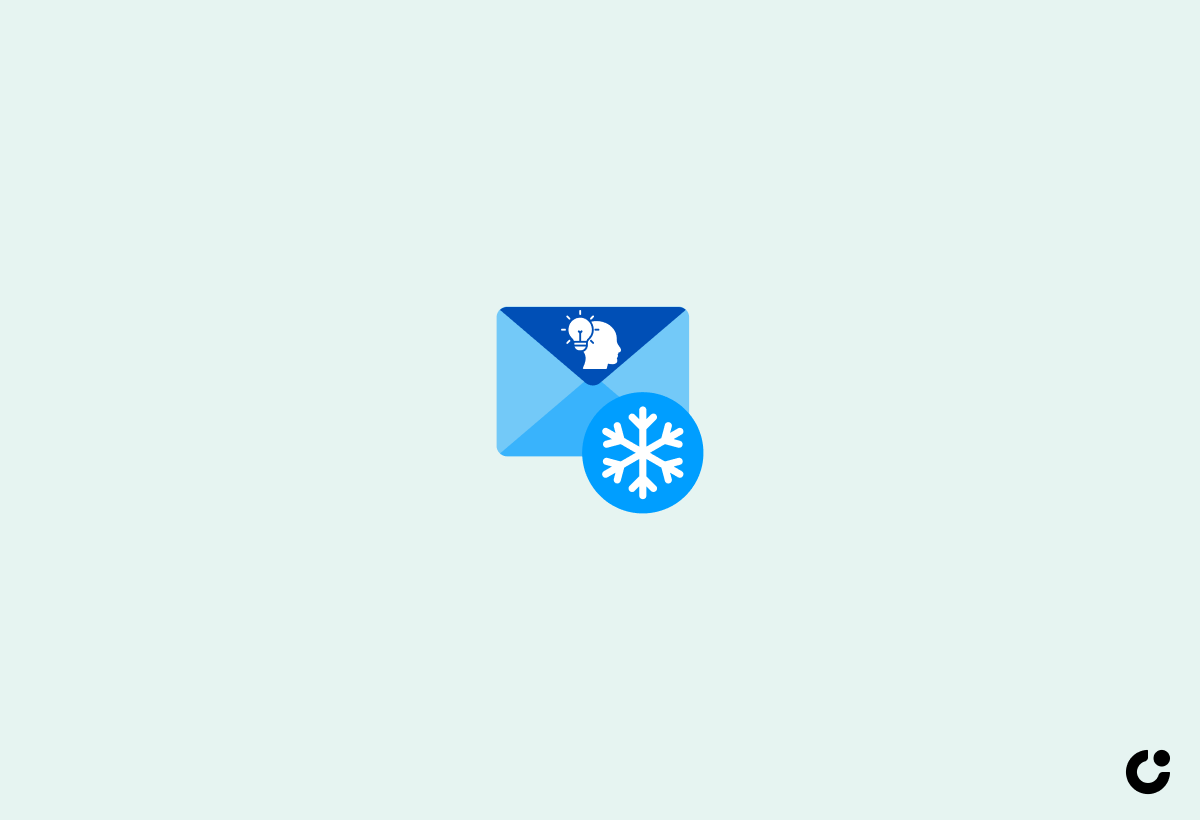
Cold emailing represents a method of reaching out to potential customers or partners through unsolicited, personalized emails. It aims to initiate a conversation, establish relationships, and uncover opportunities for collaboration or sales with a potential customer. As an influential tool in business outreach and lead generation, cold email outreach offers marketers a non-invasive way to engage with their target audience.
Personalization stands as a paramount factor in the realm of cold emailing. Personalized emails yield higher open and click-through rates, making them more likely to succeed in their goals. Creating a captivating subject line also holds significant importance, being the first thing recipients encounter and a deciding factor in whether they open the email or not. Finally, a clear call-to-action within the email body guides the recipient towards taking the desired action, such as booking a meeting or signing up for a free trial.
Cold emailing differs from spam emails in that they are tailored to specific audiences based on criteria such as demographics and behavior, whereas spam emails are disseminated indiscriminately to any email address. Including a business phone number in the email signature can help establish credibility and trust, further differentiating cold emails from spam.
The Importance of Cold Emails
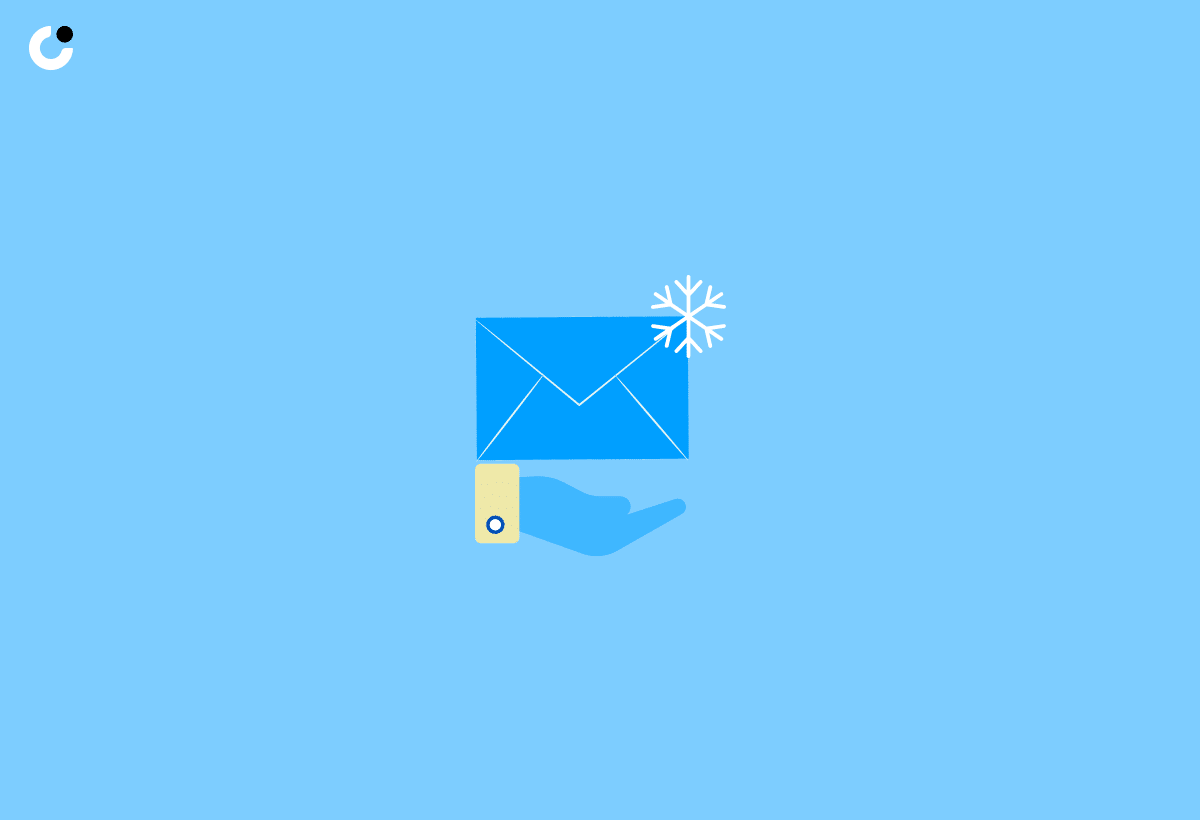
Cold emails serve as a pivotal element in lead generation, networking, and business expansion, providing businesses an avenue to engage potential customers and position themselves as industry thought leaders. They enable businesses to contact prospective customers, heighten brand recognition, and increase the likelihood of converting recipients into paying customers.
Personalization, a cornerstone principle in cold emailing, entails creating captivating subject lines and monitoring performance to find the most effective emailing style. Timing is also a vital element in cold email campaigns; different industries have varying preferences, so it’s prudent to research and experiment with various times to discover what yields the best results for your business. Including a referral in a cold email has been found to amplify the response rate by 50%.
Monitoring performance in cold emailing helps identify the optimal emailing approach and enables businesses to continually refine and improve their strategies. A/B testing is a valuable tool for this purpose, allowing marketers to:
- Create two distinct versions of a cold email subject line
- Test them with their target audience
- Assess their performance in terms of open rates, click-through rates, and conversions.
Key Components of a Cold Email
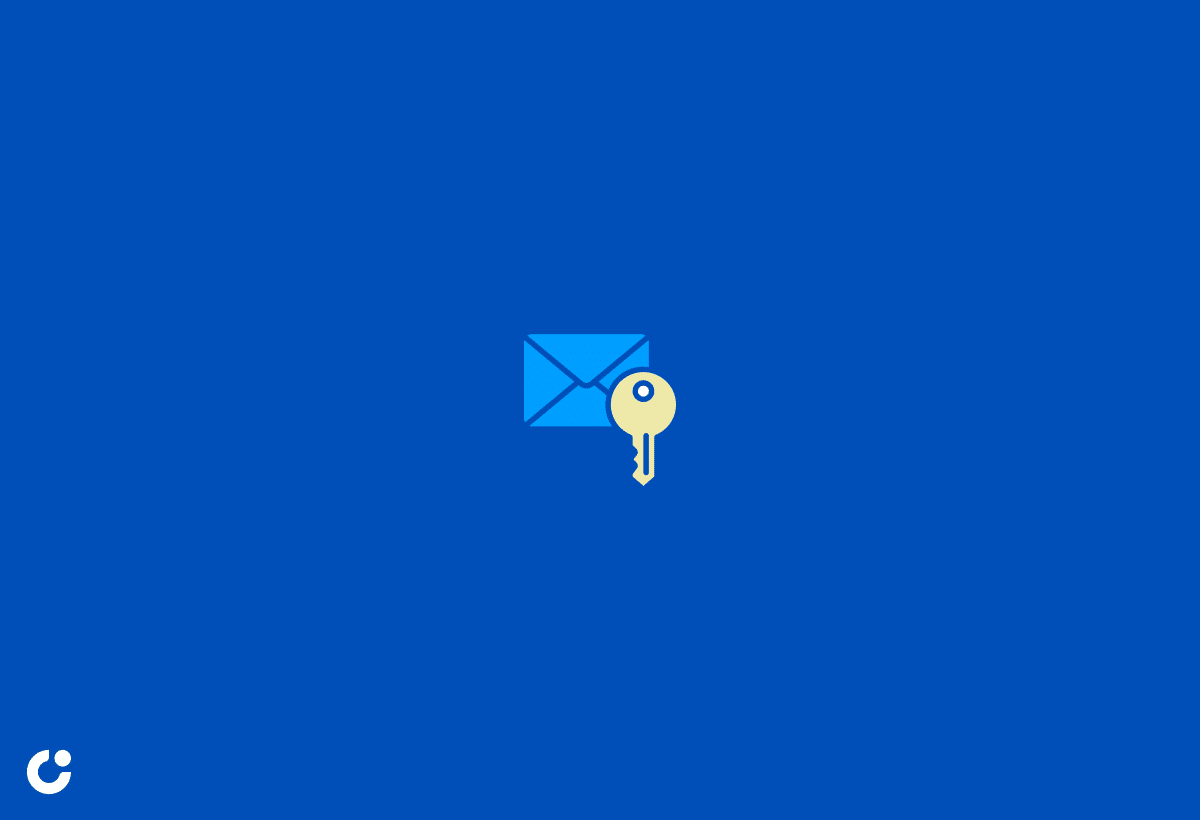
Three central components to consider when writing cold emails include: personalization, intriguing subject lines, and a clear call-to-action that prompts the recipient to execute the intended action. By focusing on these components, you can significantly increase the likelihood of your cold email achieving its intended purpose.
The subsequent subsections provide a more in-depth exploration of these critical components. They present insights and tips for personalizing your cold emails effectively, generating compelling subject lines, and formulating clear call-to-action that yield results.
Personalization

Personalizing cold emails necessitates tailoring the message to suit the recipient’s unique needs and interests, especially when there’s no prior relationship. This could involve using their name, mentioning their company or field, or acknowledging recent achievements or events. Taking the time to research and tailor each email not only with the recipient’s name but also by connecting the product’s value proposition with their particular business needs significantly amplifies open and response rates.
Neglecting personalization and adopting a generic tone in cold emails may result in the message being overlooked or disregarded, as there is nothing in the content that captures the recipient’s attention. Utilizing first-person viewpoint in a call-to-action can create a more personalized and engaging experience, resulting in a higher click-through rate and increased engagement.
Subject Lines
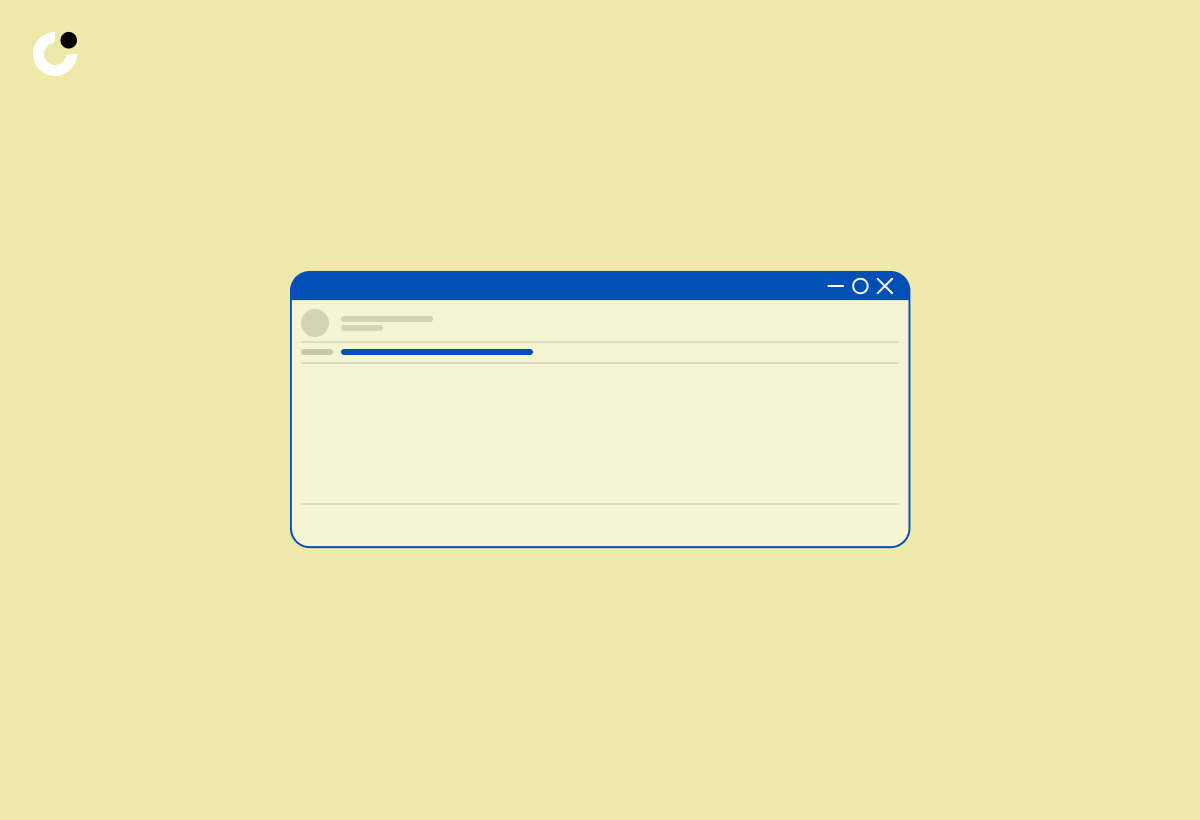
Subject lines hold significance in cold emails, being the first element the recipient sees and a factor in their decision to open the email or not. Research shows that subject lines of 10 words or fewer demonstrate a higher open rate. In just a few paragraphs, we will discuss the importance of crafting effective subject lines for cold emails.
When constructing a cold email subject line, it is beneficial to utilize power words, maintain brevity, create a sense of urgency or intrigue, and consider the use of emojis where appropriate.
Be cautious not to incorporate spam trigger words into your subject line, as this can activate spam filters and hinder the successful delivery of the email to the intended recipient, potentially landing it in their spam folder. One way to avoid this issue is by using a new IP address, which can help bypass certain filters and keep your email content up to date.
Call-to-Action

A call-to-action (CTA) in a cold email serves as a brief and direct prompt, encouraging the recipient to perform a specific action like scheduling a meeting or signing up for a free trial. Including a concise call-to-action in a cold email has been shown to boost clicks by 371% and sales by 1,617%.
Examples of effective CTAs include “Schedule a Zoom meeting” or “Sign up for a free demo.” It’s essential to test and refine CTAs in a cold email campaign to determine which ones are successful and which are not.
Legality and Compliance in Cold Emailing
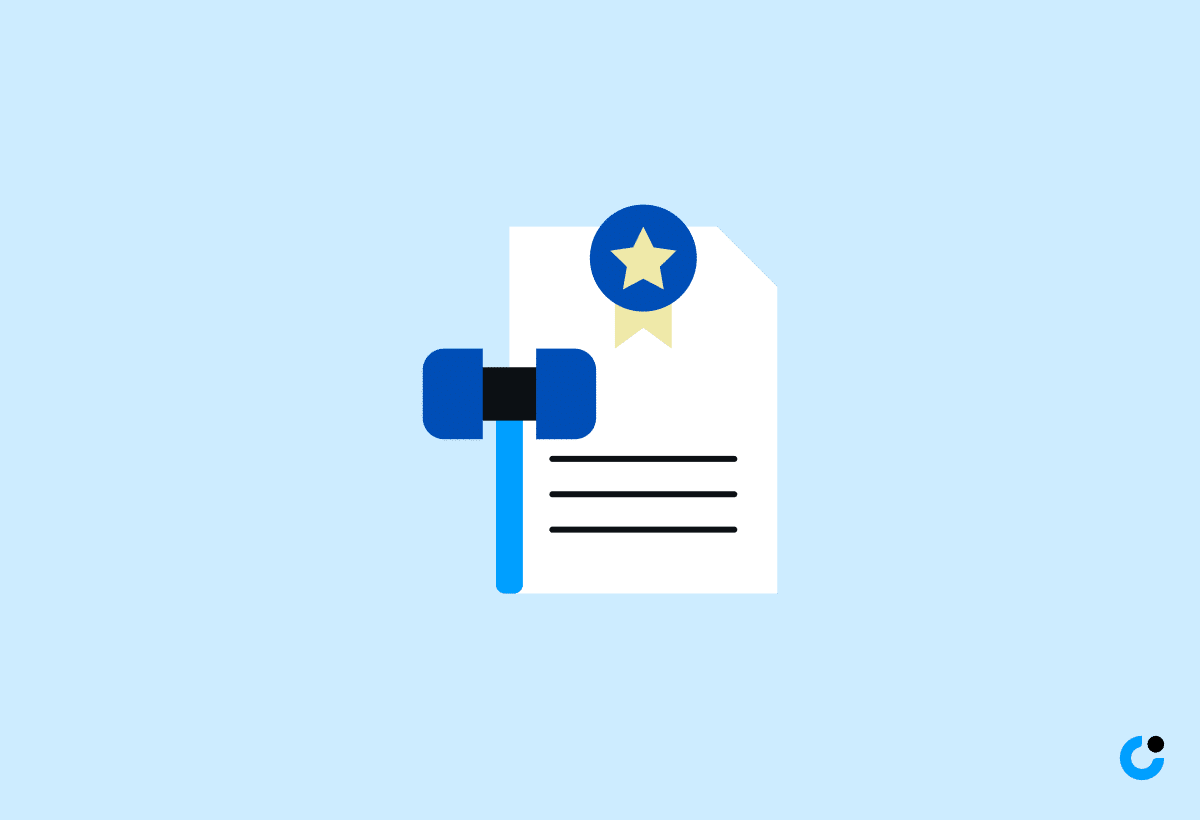
While generally acceptable, cold emailing necessitates compliance with applicable spam laws and regulations, like the CAN-SPAM Act, to evade penalties and maintain a positive sender reputation. Failure to comply with email compliance regulations may result in legal penalties and a decreased sender reputation.
To ensure your cold emails are legal and compliant, make sure they’re tailored to specific audiences based on criteria such as demographics and behavior, rather than being disseminated indiscriminately to any email address, like spam emails. Including a business phone number in the email signature can also help establish credibility and trust with recipients, further differentiating your cold emails from spam.
Benefits and Drawbacks of Cold Emailing

Cold emailing brings multiple benefits to the table, including cost-efficiency, scalability, and targeted communication. It enables businesses to target users in their most frequented spaces, provides persistent and scalable outreach, and is an affordable solution compared to other marketing methods. Cold emailing also allows for broad reach, automation, cost-efficiency, trackable results, and personalization.
Nonetheless, cold emailing comes with potential drawbacks, including the risk of being flagged as spam and the need for continuous optimization. To mitigate these risks, it’s essential to follow best practices, such as personalization, crafting attention-grabbing subject lines, and monitoring performance to optimize your cold email campaigns.
Cold Email Best Practices

Adhering to best practices is pivotal for maximizing the success of your cold email campaigns. These include:
- Identifying your target audience
- Verifying your email lists
- Crafting compelling content
- Analyzing and optimizing campaigns for better results
A/B testing is a valuable tool for optimizing your cold email campaigns. It allows you to test different elements such as:
- Subject lines
- Calls-to-action
- Tones
- Lengths of emails
By continuously refining your strategies based on the insights gained from A/B testing, you can significantly improve the efficiency of your cold email campaigns.
Cold Email Templates and Examples
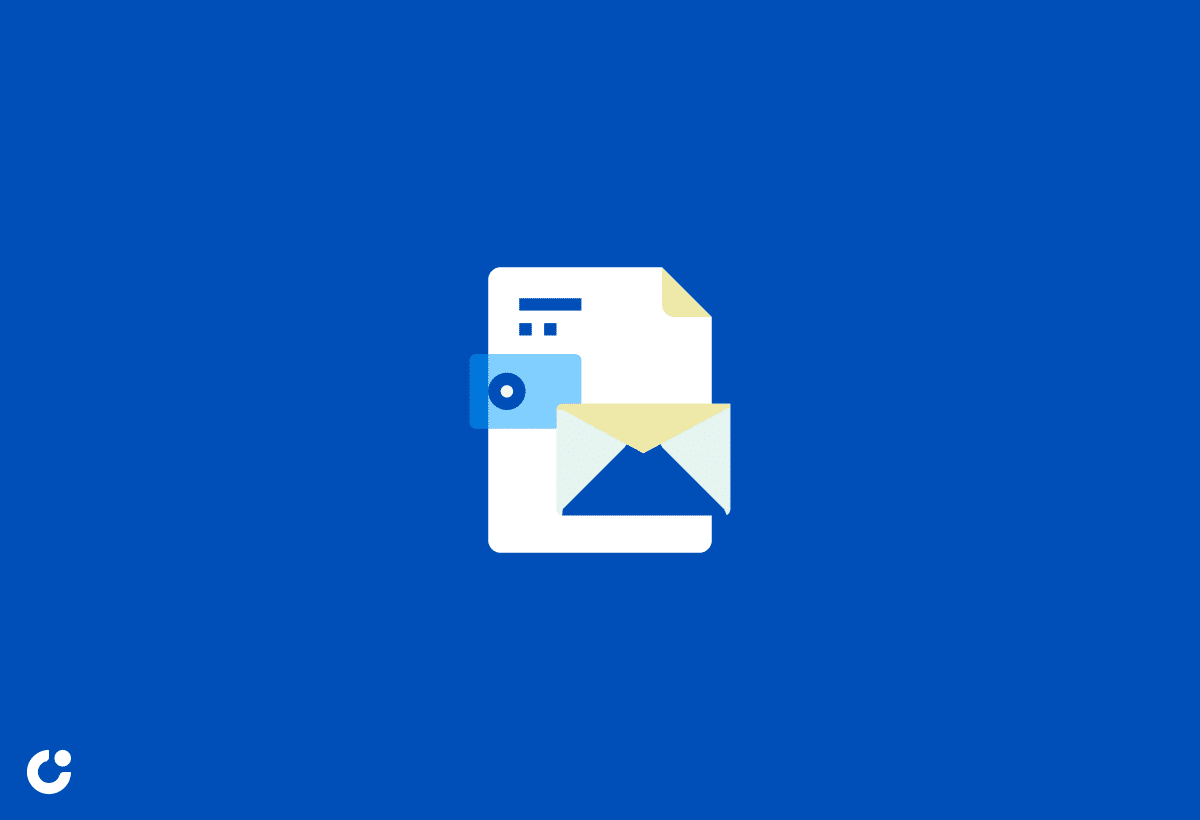
Cold email templates and examples can act as a stepping stone in formulating effective cold emails. However, it’s important to customize and tailor them to the recipient’s specific needs and interests. Using a template as a foundation, you can customize the:
- Subject line
- Opening
- Content
- Call-to-action
- Signature
This allows you to create a tailored message that resonates with your target audience.
While templates and examples can provide valuable inspiration, remember that the key to cold email success lies in personalization and customization. By taking the time to research your recipients and tailor your emails to their unique needs and interests, you can significantly increase the likelihood of your cold emails achieving their intended purpose.
Tools and Resources for Cold Email Success
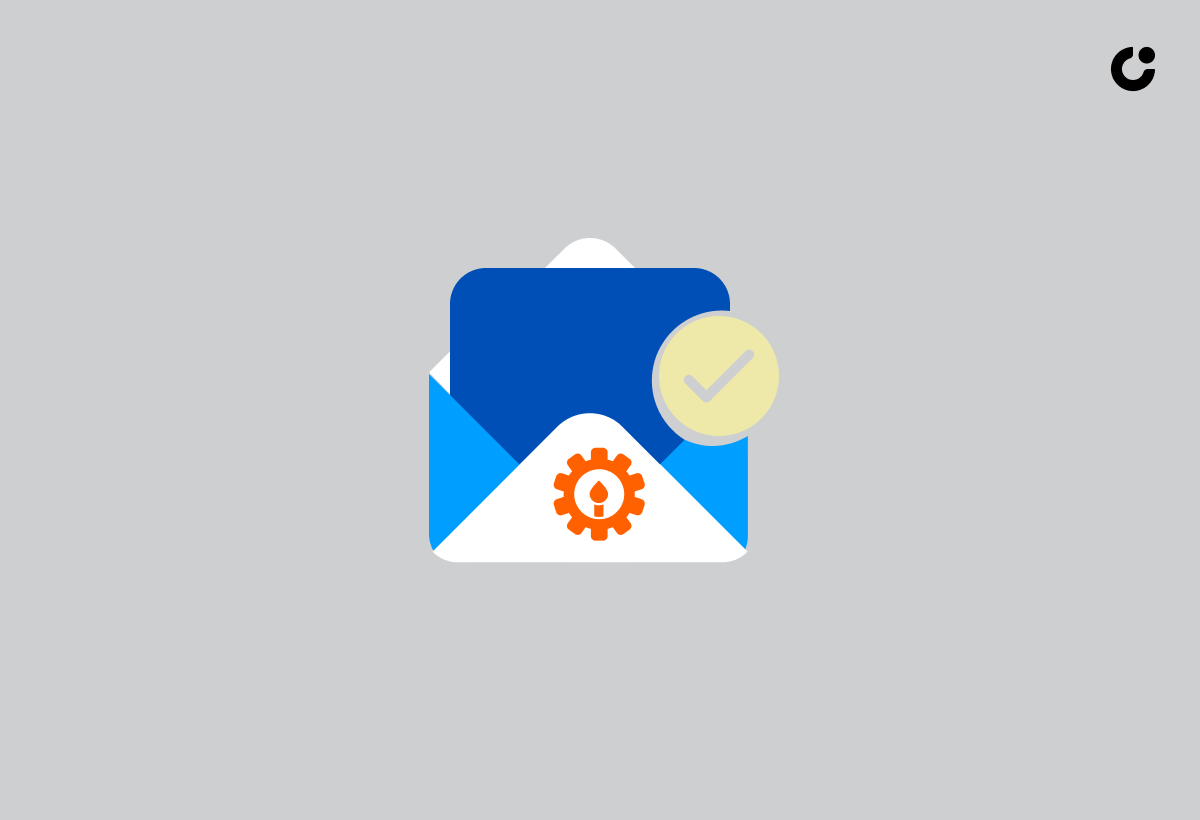
A variety of tools and resources exist to aid businesses in their cold email endeavors, including email service providers. These tools comprise email automation platforms, list building services, and analytics tools for tracking and enhancing campaign performance. Saleshandy, for example, enables you to send highly personalized emails in bulk with superior email deliverability, manage the number of replies on the email sent, and respond to them from a single location in a unified inbox.
Another useful tool is Yesware, which allows users to import prospects from CSV files, create successful email campaigns, and integrates with Gmail, Outlook, and Salesforce CRM. Its key features include email tracking, multi-channel campaigns, meeting scheduler, email templates, reporting & analytics, and integrations. By leveraging these tools and resources, you can significantly enhance the success of your cold email campaigns.
Summary
In conclusion, cold emailing is a powerful and cost-effective tool for lead generation, networking, and business growth. By understanding the meaning of cold emailing, adhering to legal and compliance requirements, and following best practices such as personalization, compelling subject lines, and clear calls-to-action, you can significantly increase the likelihood of your cold emails achieving their intended purpose. Utilizing available tools and resources can further enhance your cold email efforts, helping you create targeted, personalized, and effective campaigns that drive results and propel your business forward.
Frequently Asked Questions
What is cold email example?
"I recently came across your name and wanted to see if you could help me out. I have a solution that could benefit [the recipient's company] and I'm wondering if they might be interested in it. I've included a link to my best work as an example."
What is cold vs warm email?
Cold emailing is the process of reaching out to potential customers without prior contact, while warm emailing involves more targeted strategies to draw interested customers to your brand. Cold emails are not as specific, but still important for a sales team to use, while warm emails require different tools, content, frequency, and skills.
What is the difference between email and cold email?
Cold emails are sent to unknown recipients for the purpose of forming a connection, while marketing emails are sent to a list of subscribers who have willingly opted in.
Is cold emailing illegal?
Cold emailing is not illegal in the US, but it must comply with the CAN-SPAM Act provisions regarding accurate information, physical address, and an unsubscribe link.
What is the primary purpose of cold emailing?
The primary purpose of cold emailing is to initiate dialogue, build connections, and investigate potential partnerships or sales prospects, while adhering to the CAN-SPAM Act.

